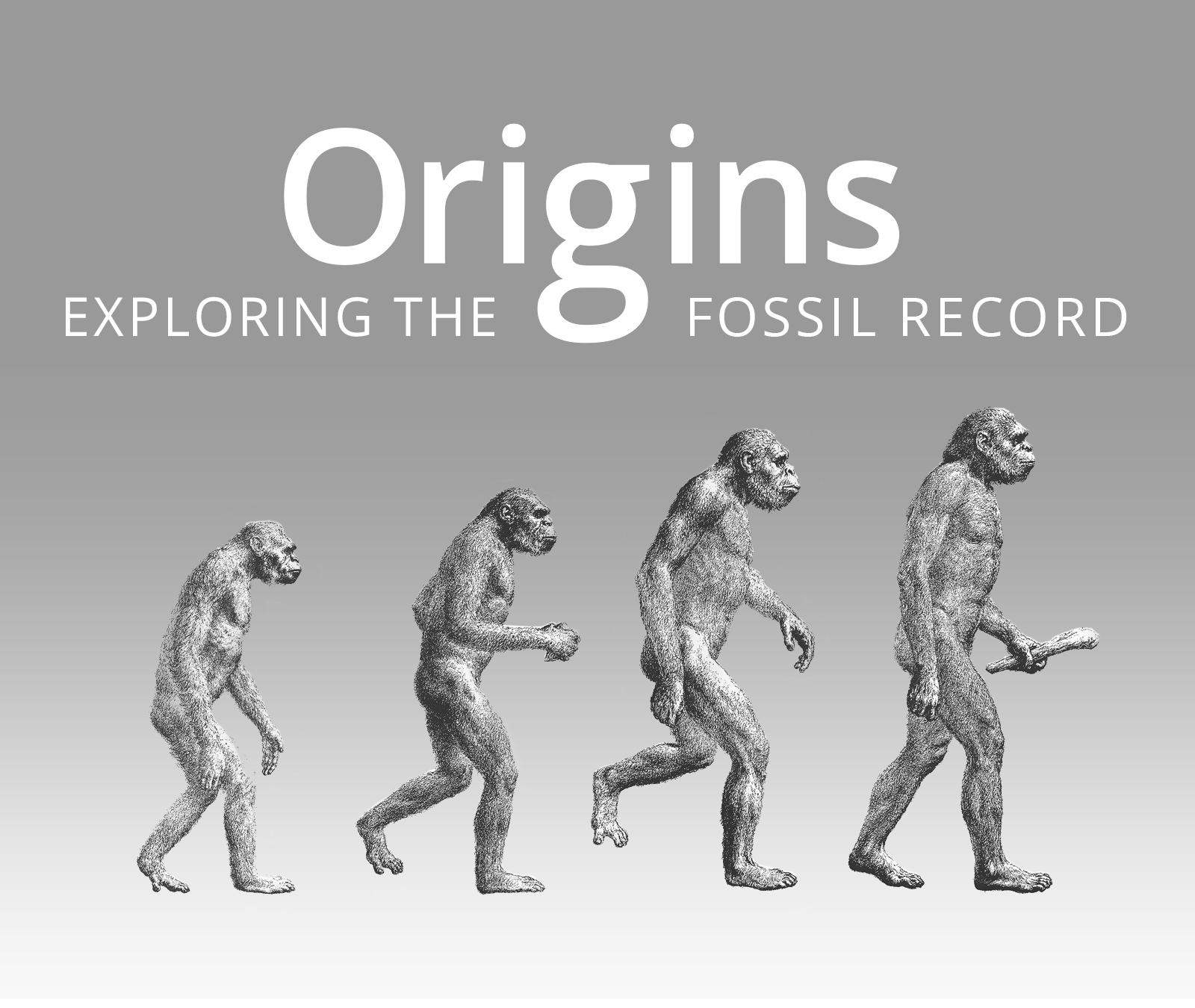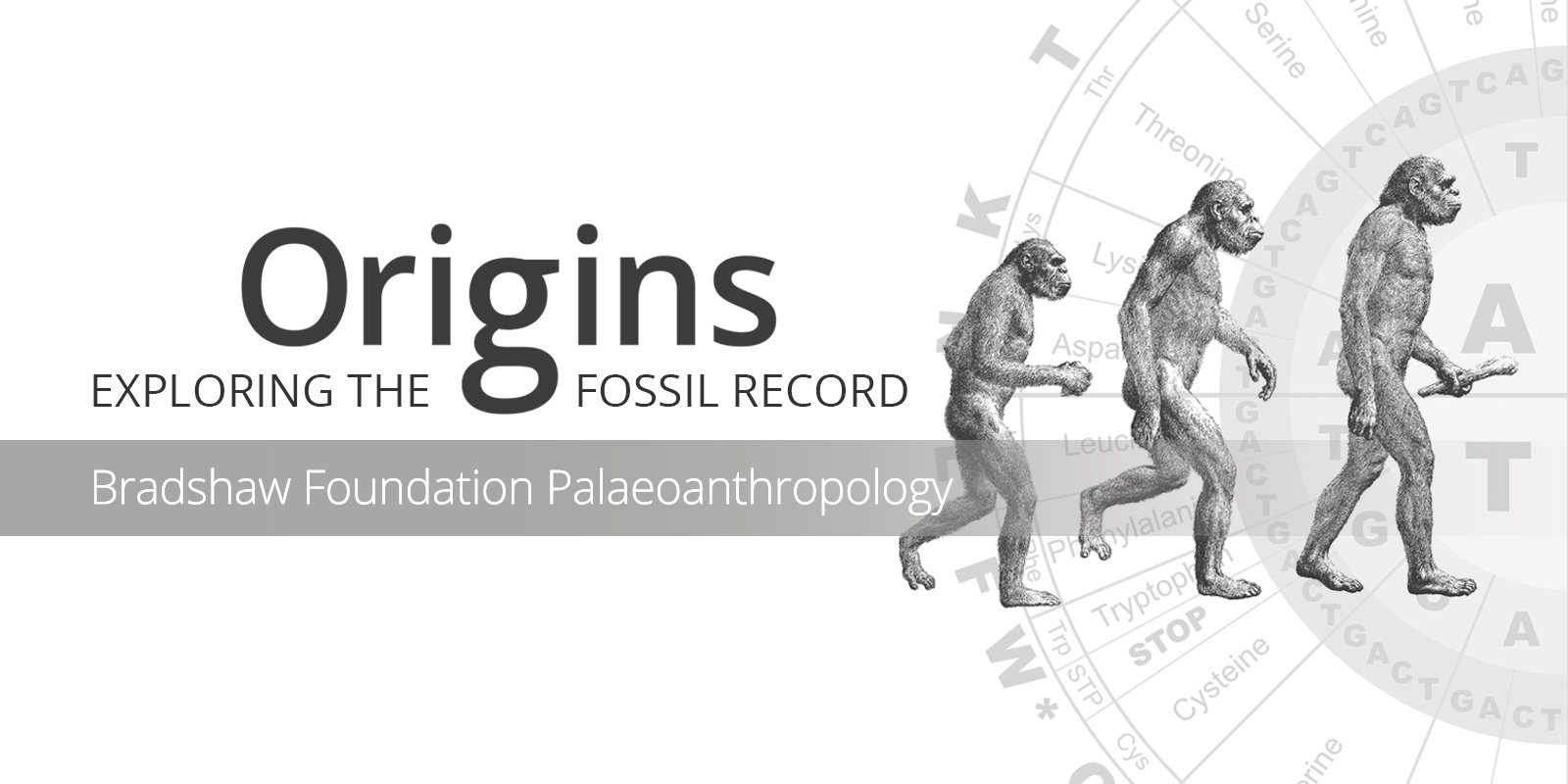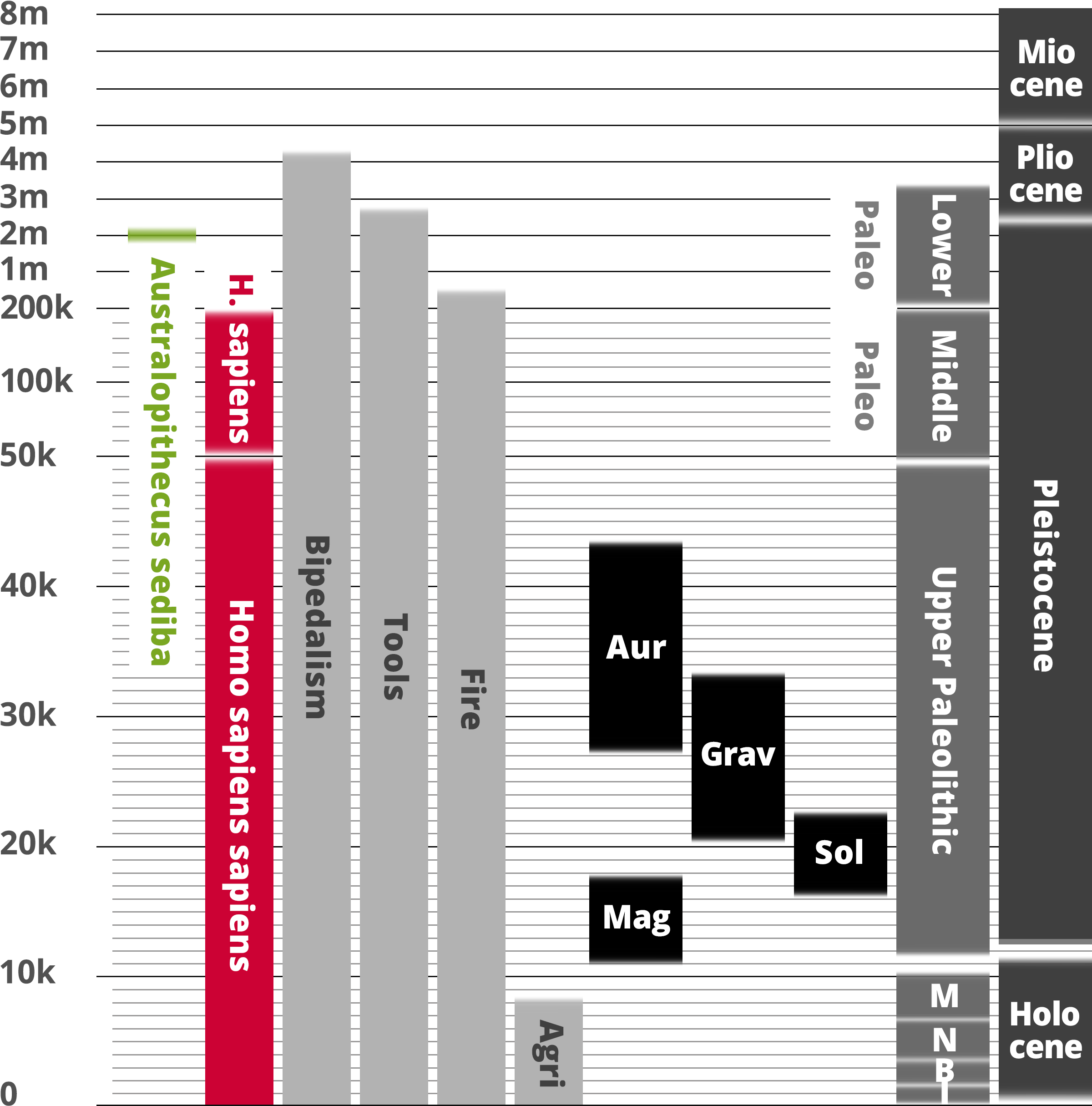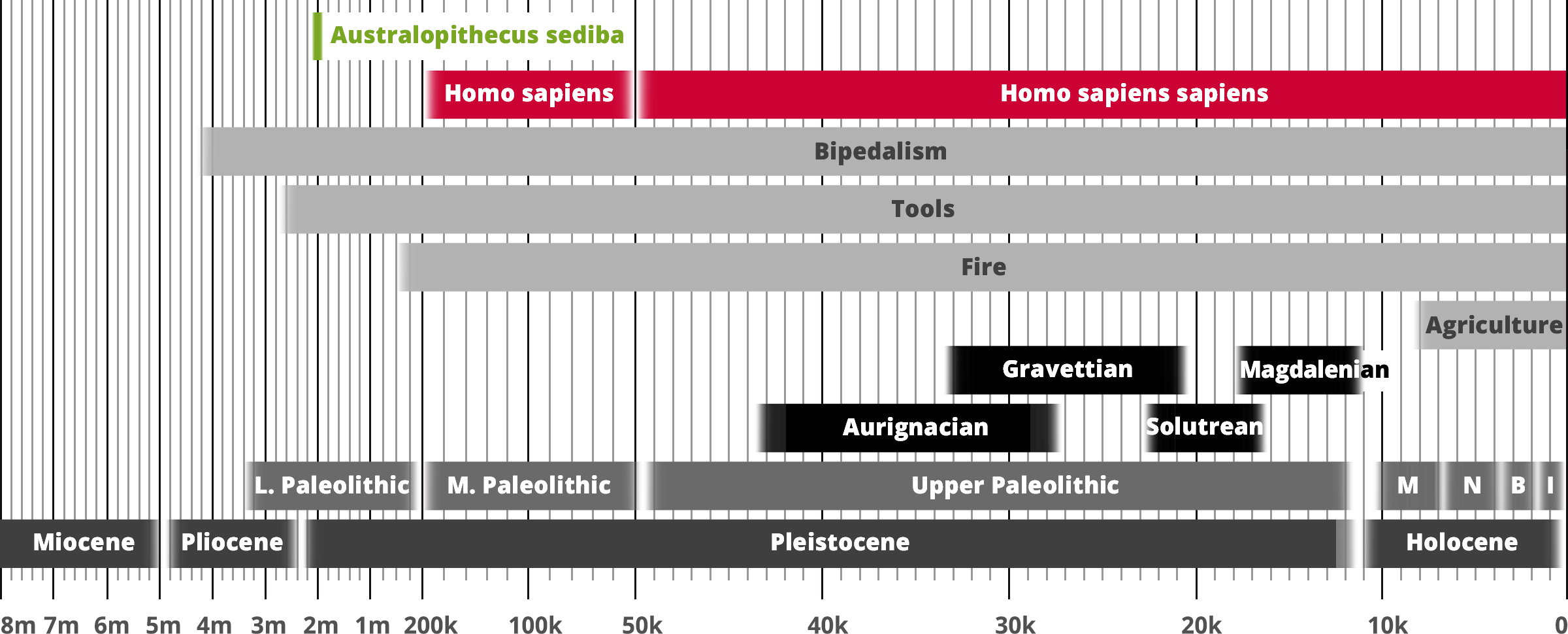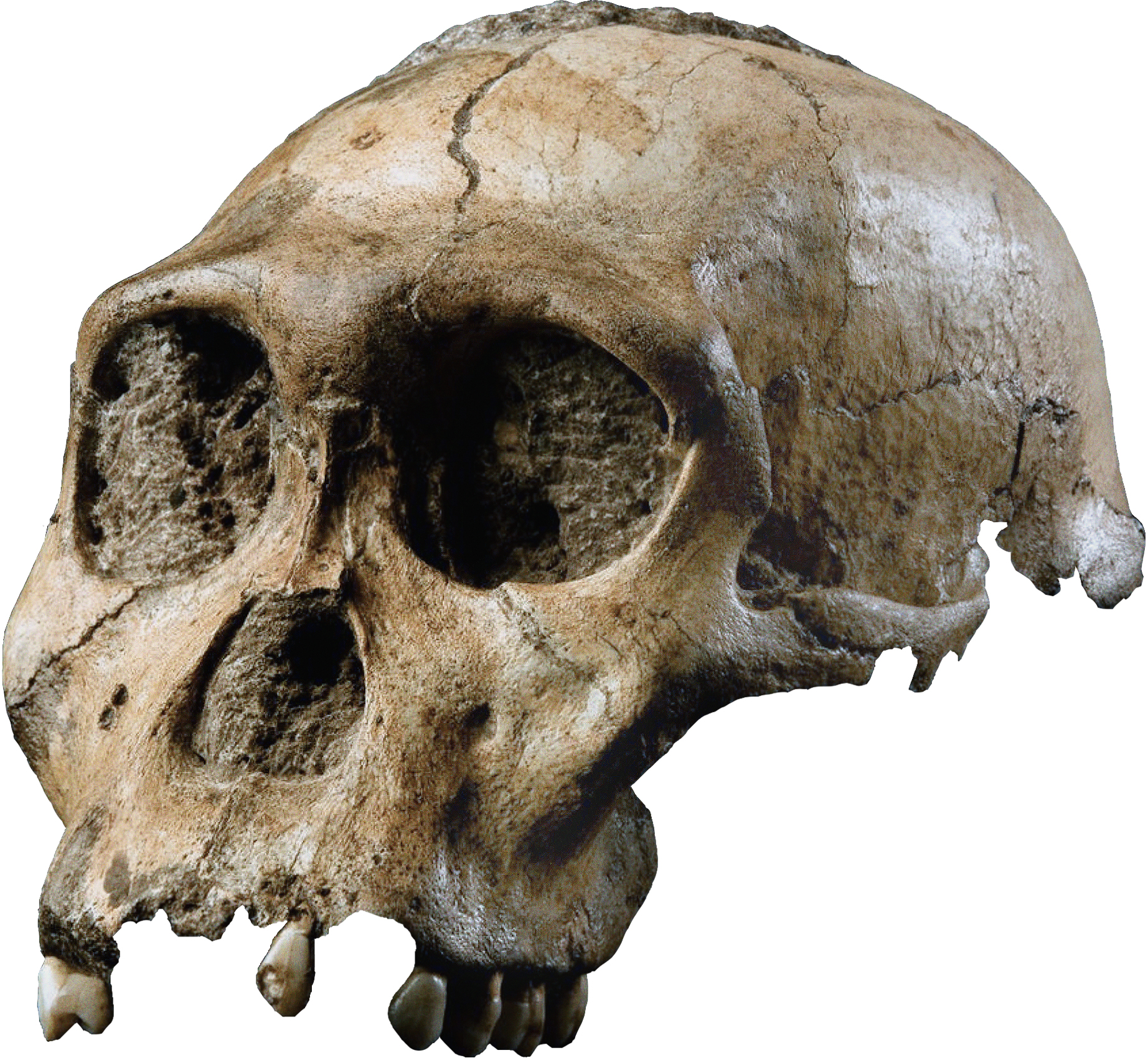Australopithecus sediba
Homo sapiens
Hominin traits
Archaeological industry/Technocomplex including art
Period in human prehistory: M = Mesolithic; N = Neolithic; B = Bronze Age; I = Iron Age;
Geological epoch
* Note: Table based past and current research and scientific consensus
Australopithecus sediba
Homo sapiens
Hominin traits
Archaeological industry/Technocomplex including art
Aur = Aurignacian; Mag = Magdalenian;
Grav = Gravettian; Sol = Solutrean
Period in human prehistory:
M = Mesolithic; N = Neolithic;
B = Bronze Age; I = Iron Age;
Geological epoch
* Note: Table based past and current research
and scientific consensus
| AUSTRALOPITHECUS SEDIBA |
 |
| Genus: |
Australopithecus |
| Species: |
Australopithecus sediba |
| Time Period: |
2 million years ago |
| Characteristics: |
Tool Maker |
| Fossil Evidence: |
Partial Skeletons, Malapa Fossil Site, South Africa |
Australopithecus sediba is a species of Australopithecus of the early Pleistocene, based on fossil remains dated to about 2 million years ago. The species is known from at least four partial skeletons discovered in the Malapa Fossil Site at the Cradle of Humankind World Heritage Site, 50 kms northwest of Johannesburg in South Africa. 'Sediba' means ‘natural spring’ in the Sotho language.
The Australopithecus sediba fossils of two adults and one 18 month old infant were found buried together, and have been dated, using a combination of palaeomagnetism and uranium-lead dating, to approximately 2 million years ago [Berger et al. 2010]. In all, over 220 fragments from the species have been excavated to date.
Australopithecus sediba may have lived in savanna environments but the diet would have included fruit and other forest foods. Australopithecus sediba may have been approximately 1.3 meters tall.
The first specimen of Australopithecus sediba was infact found by paleoanthropologist Lee Berger’s nine-year-old son, Matthew, on August 15, 2008. The mandible fossil was part of a juvenile male, the skull of which was later discovered in March 2009 by Berger's team. Also found at the Malapa site were a variety of animal fossils, including saber-toothed cats, mongooses, and antelopes.
The cranial and post-cranial morphology led Berger to believe that Australopithecus sediba may have been a transitional species between the southern African
Australopithecus africanus - 'Taung Child' and either
Homo habilis or even the later
Homo erectus 'Turkana Boy', based on the mandible and tooth size. Its cranial capacity is estimated at around 420-450 cm3, about one-third that of
modern humans. Australopithecus sediba had a surprisingly modern hand, whose precision grip suggests it might have been another tool-making Australopithecus. If, however, it was not a transitional species, some argue it may have been a late southern African branch of Austr.alopithecus coexisting with already existing members of the Homo genus.

